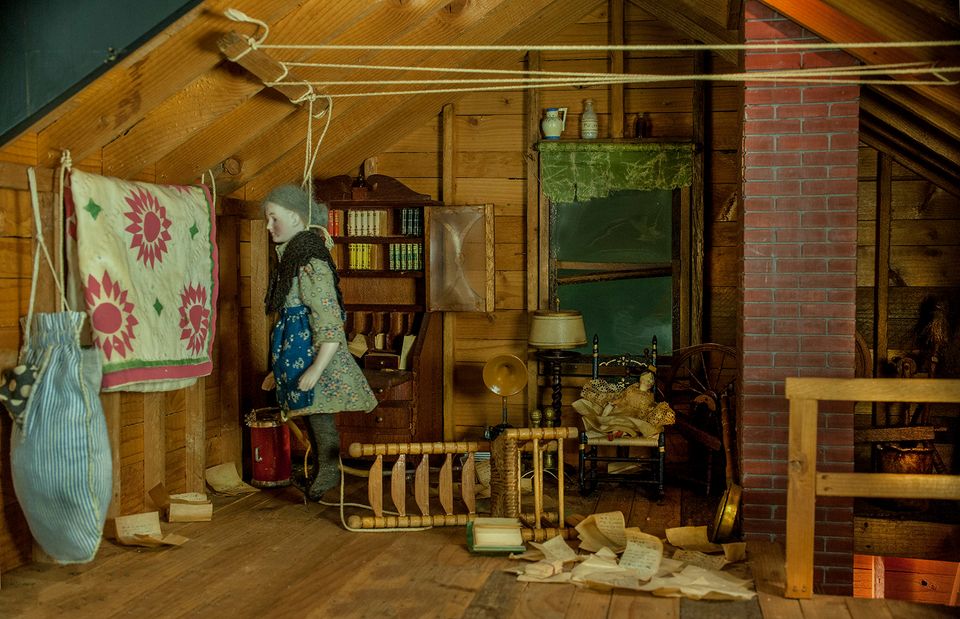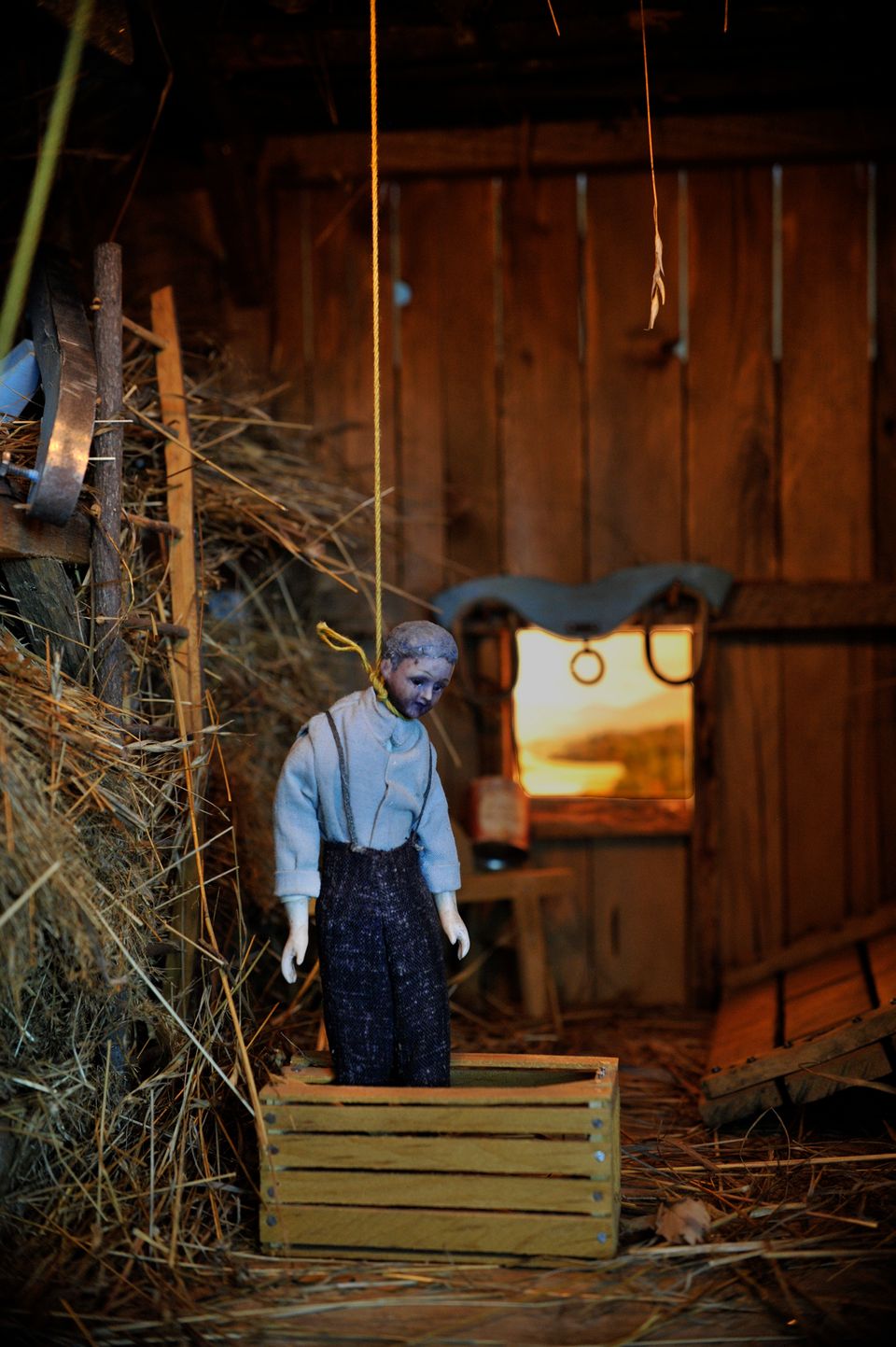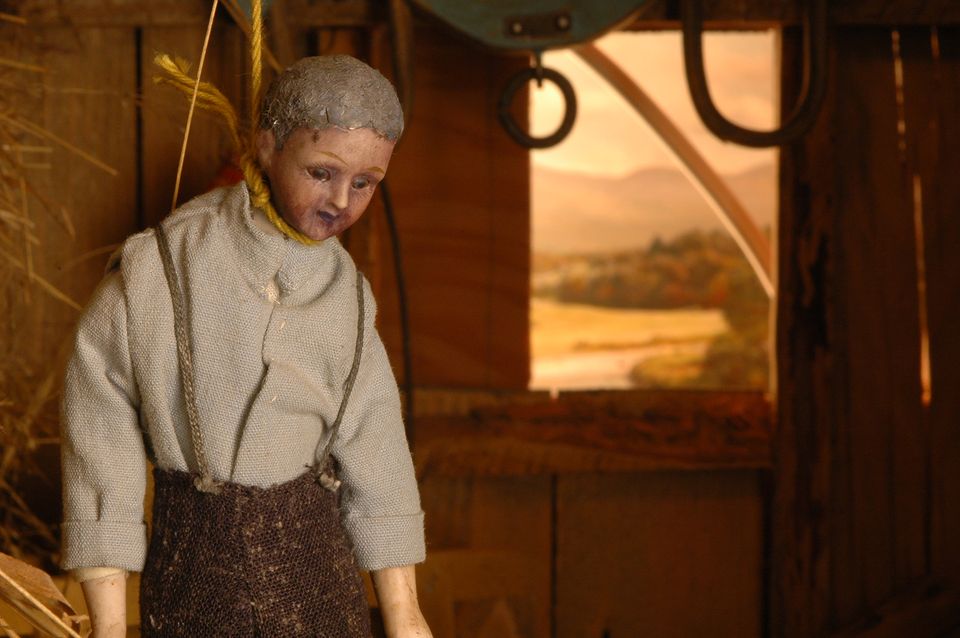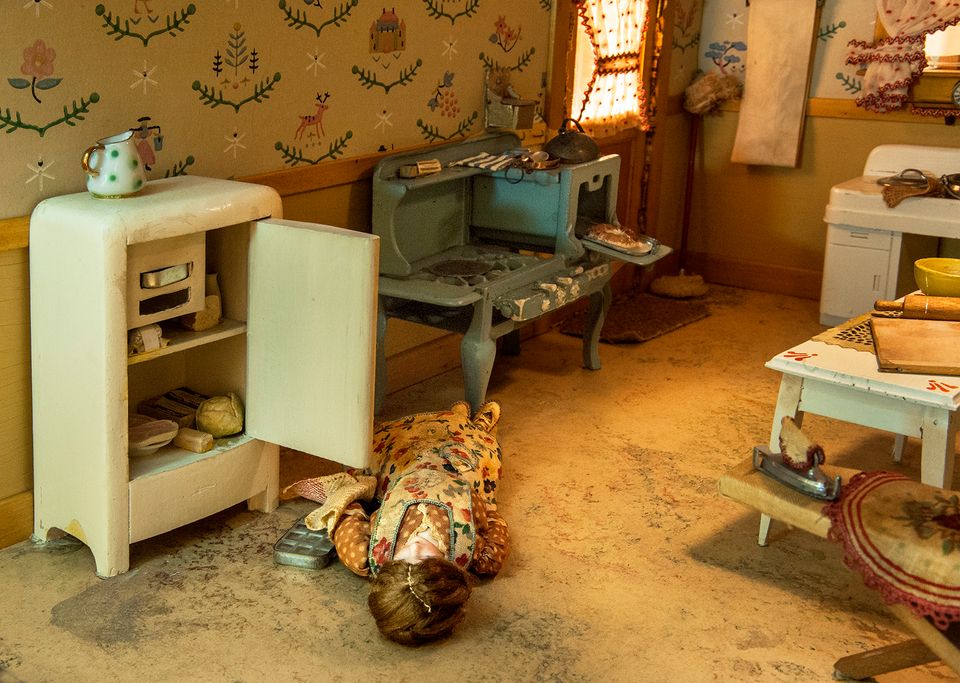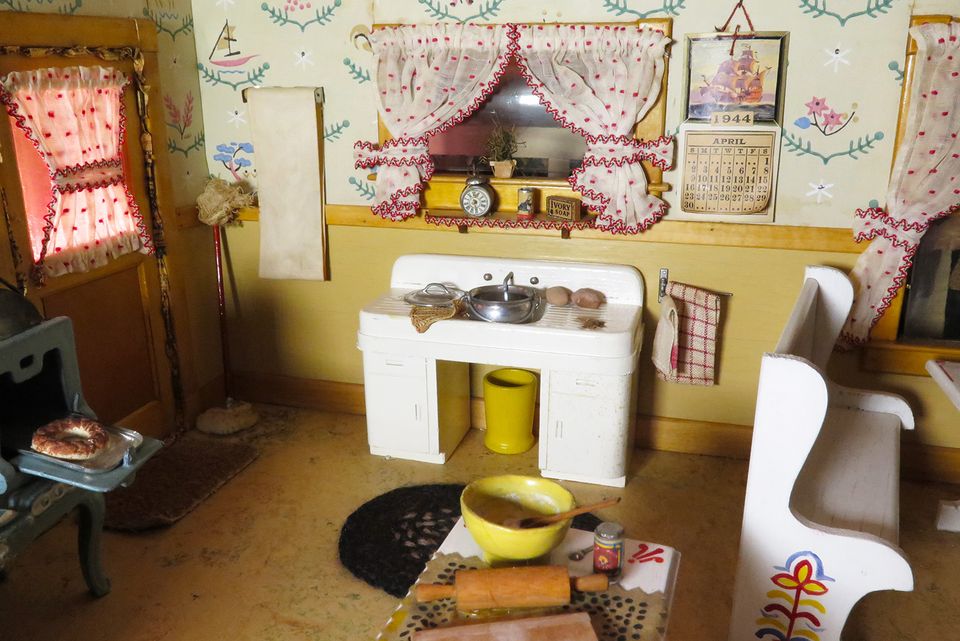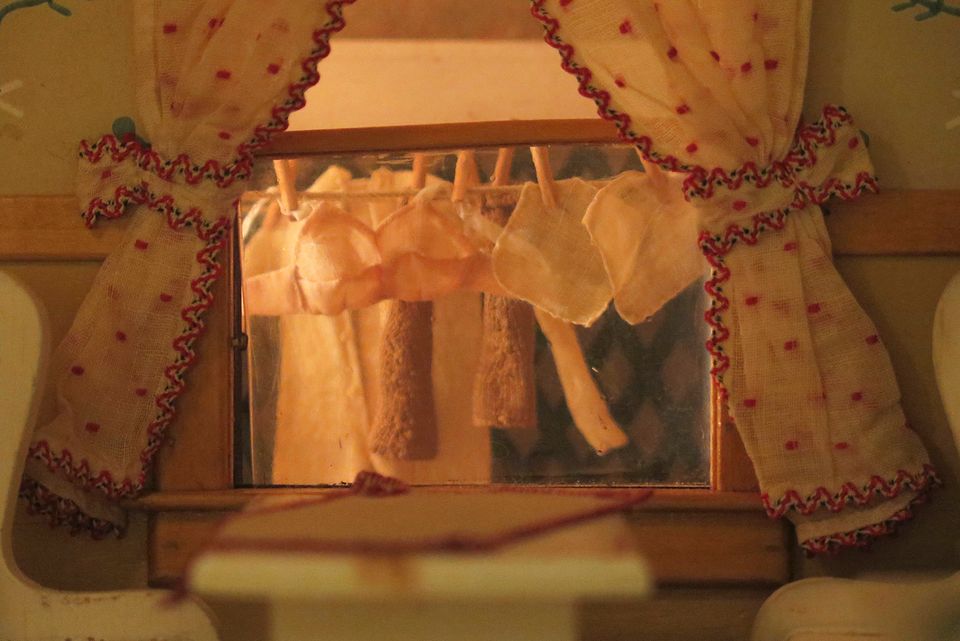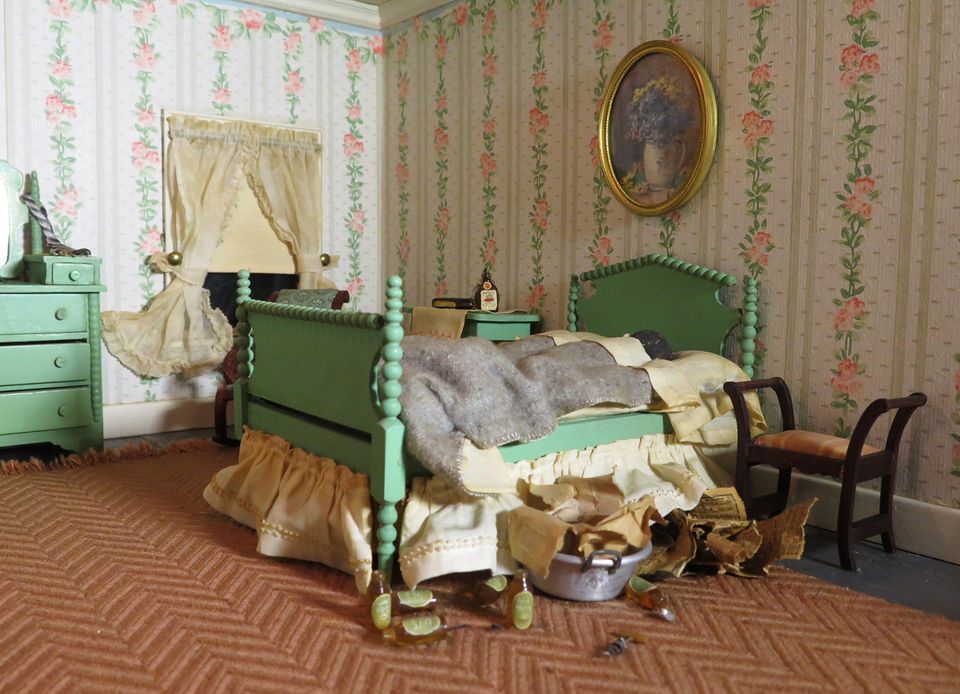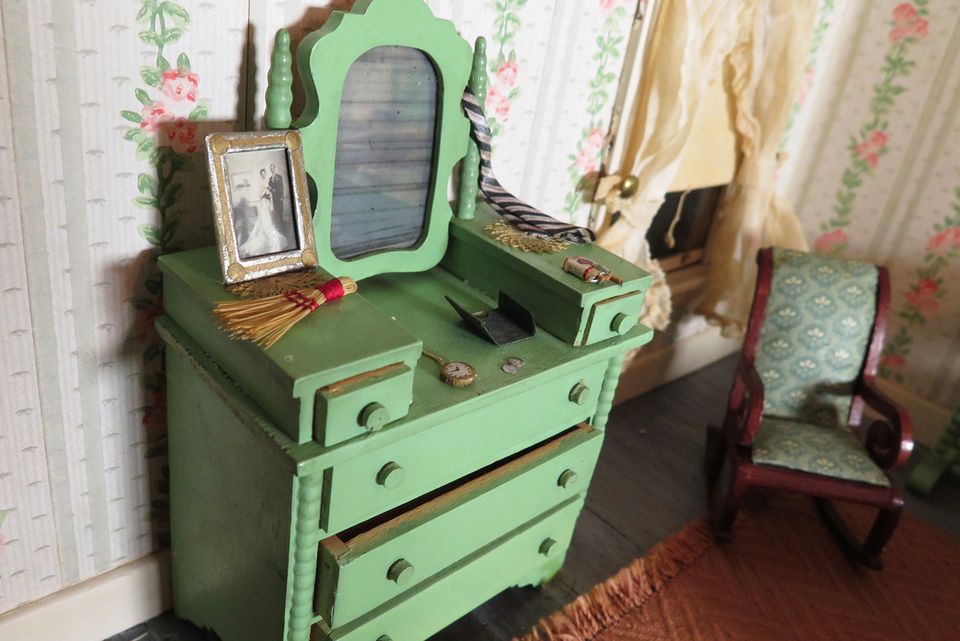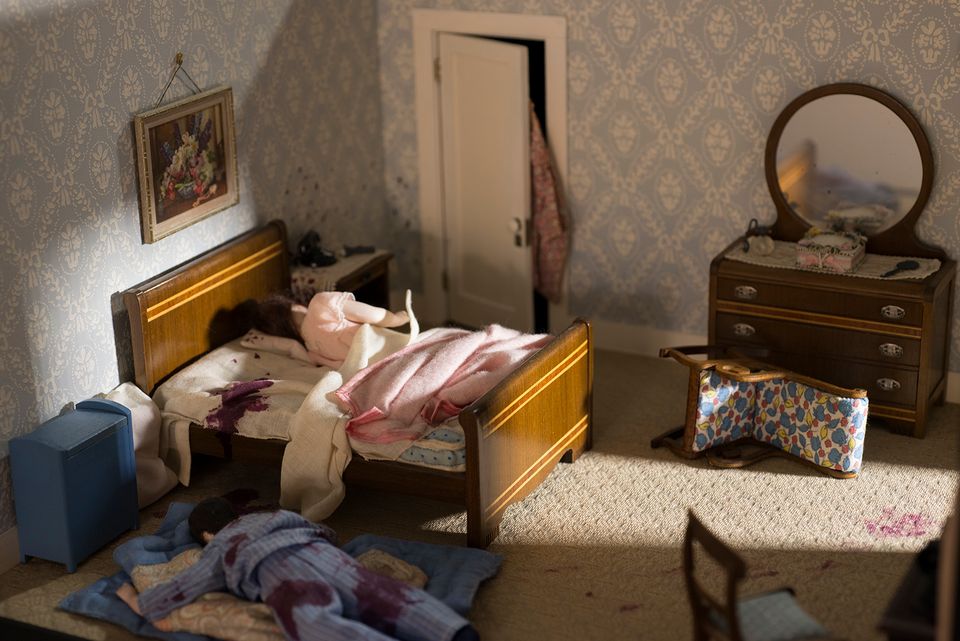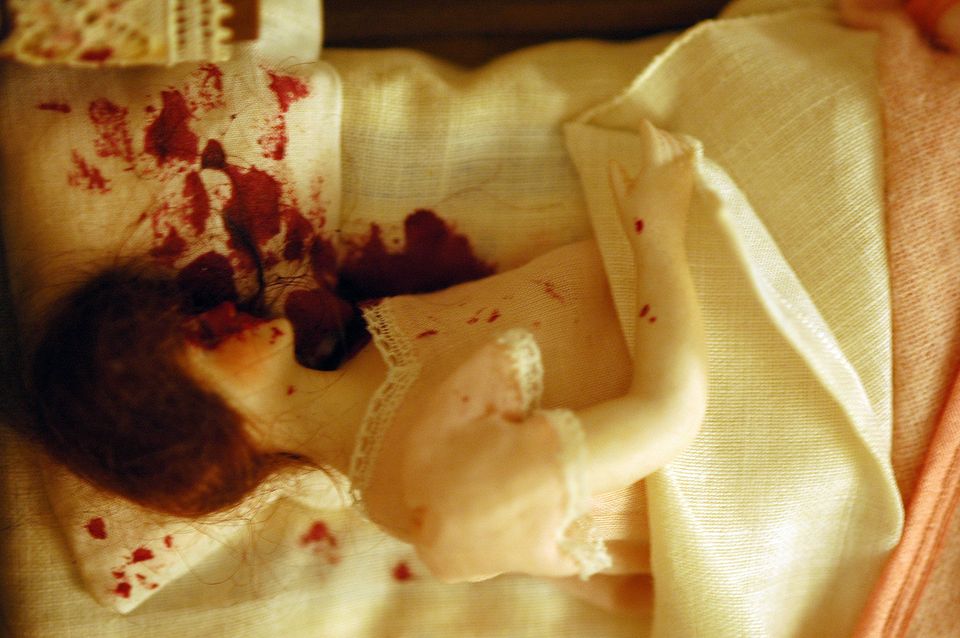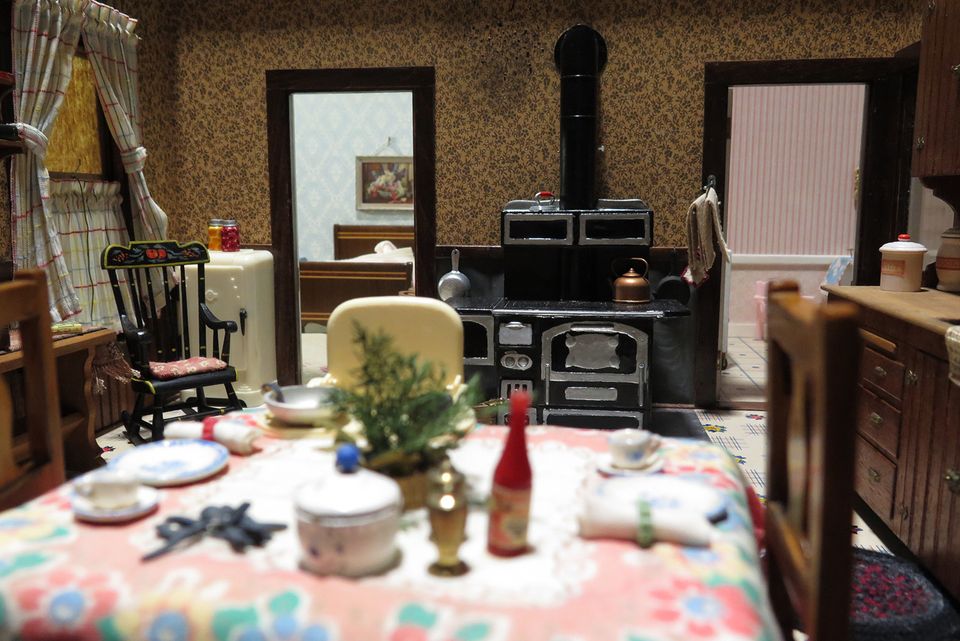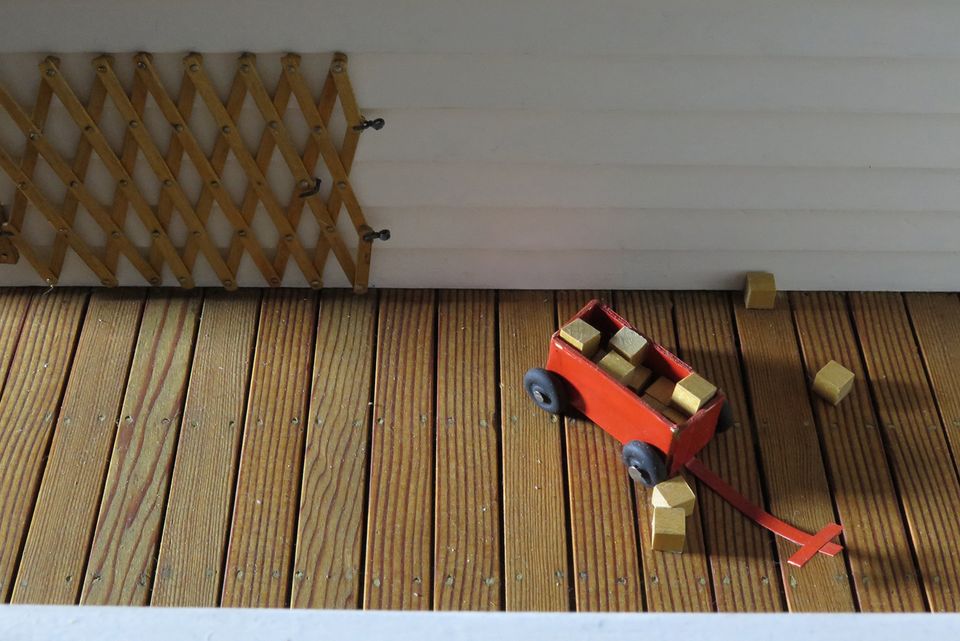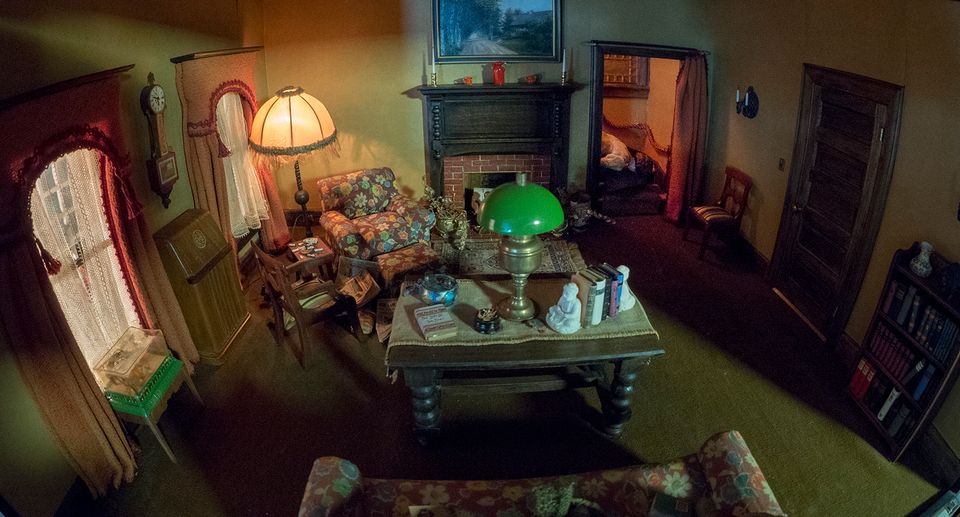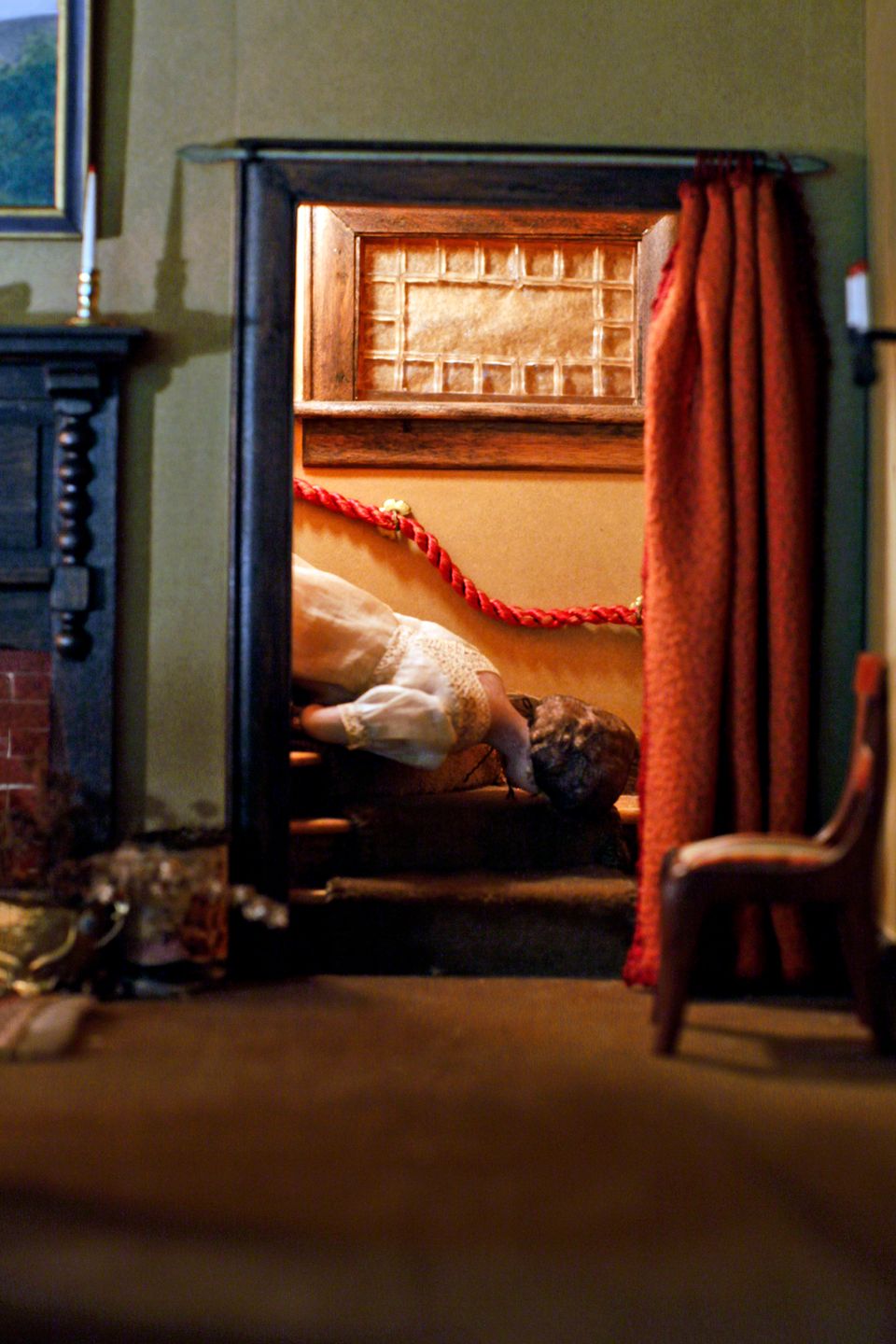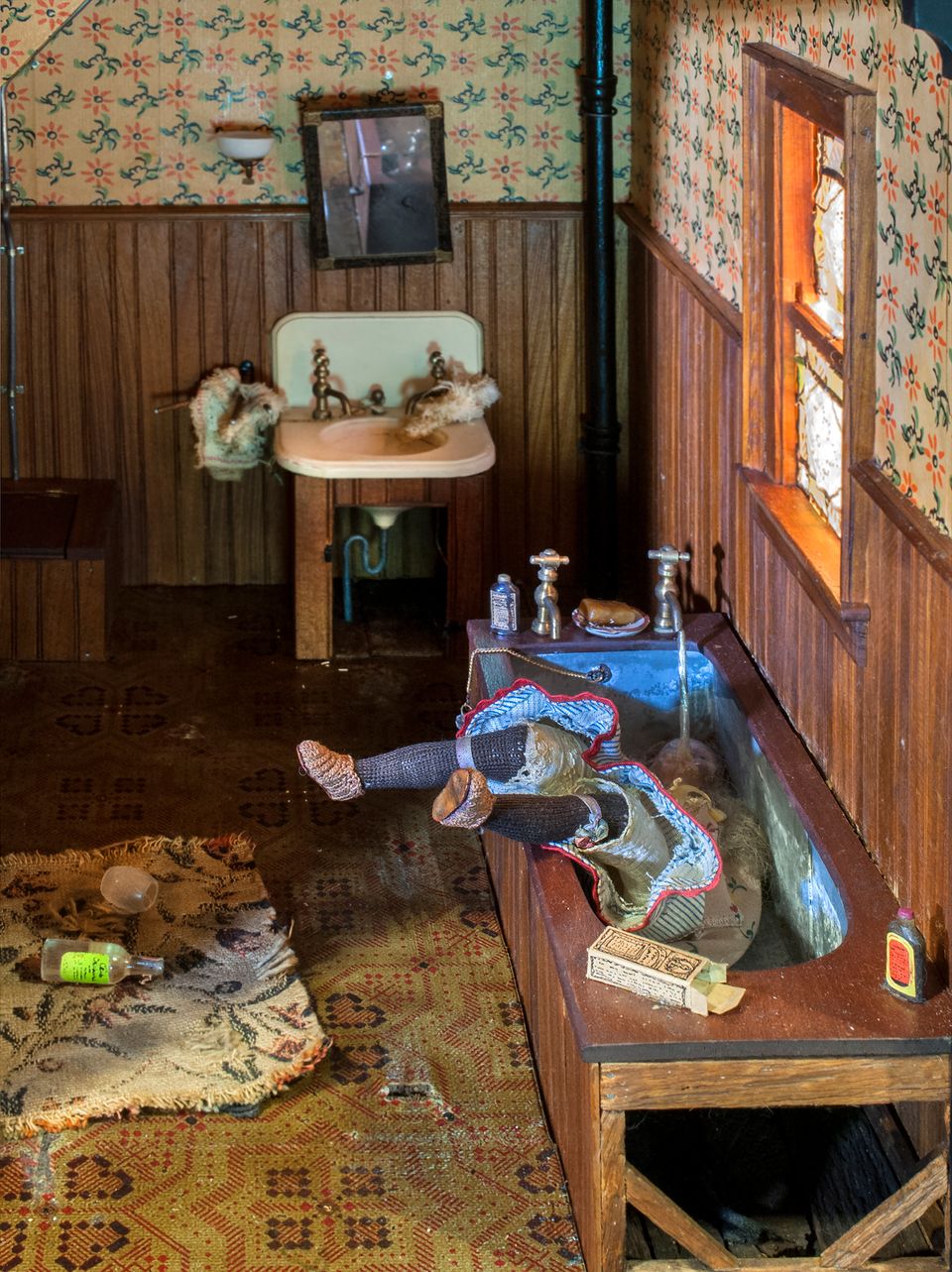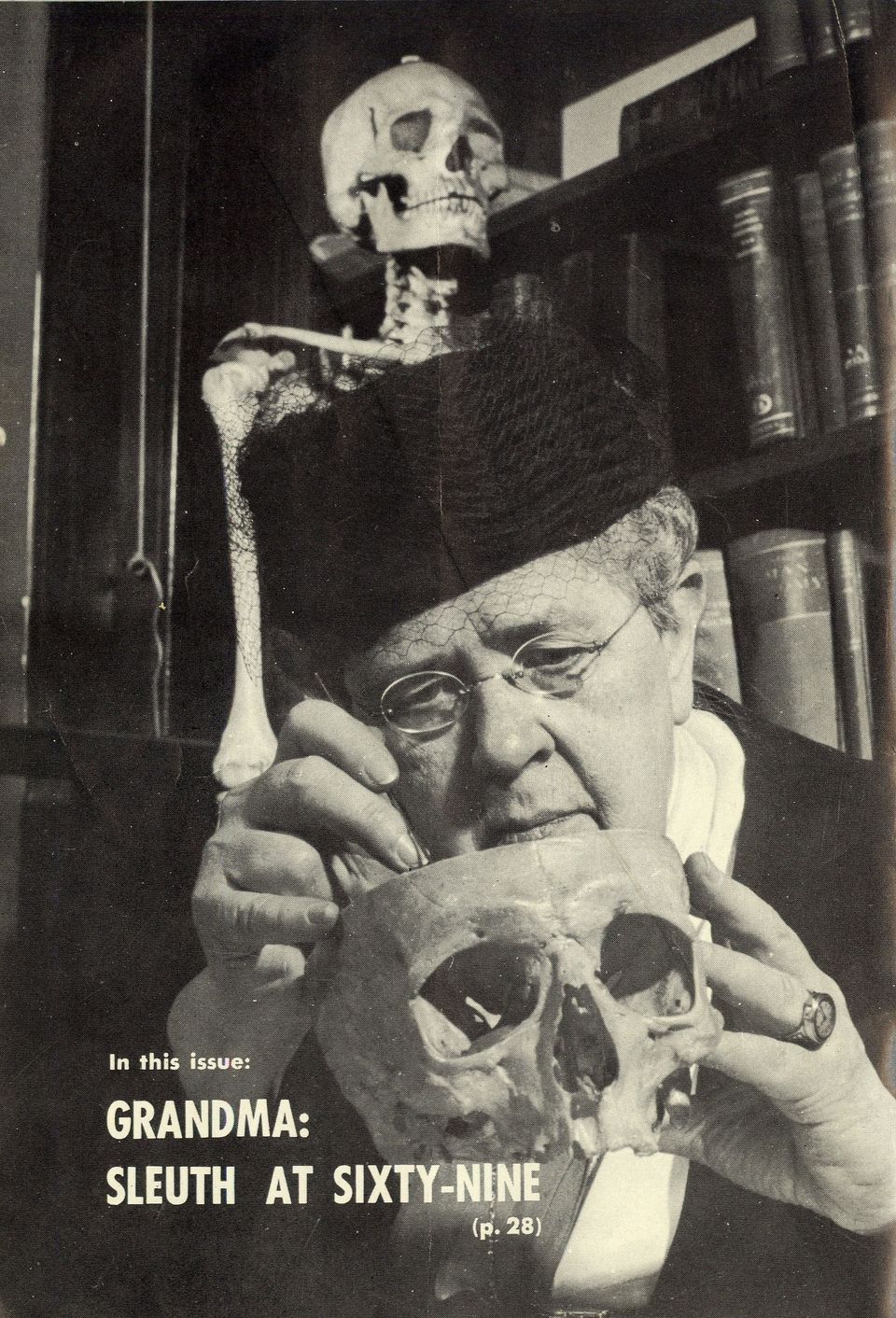Murder Is Her Hobby: Frances Glessner Lee and The Nutshell Studies of Unexplained Death
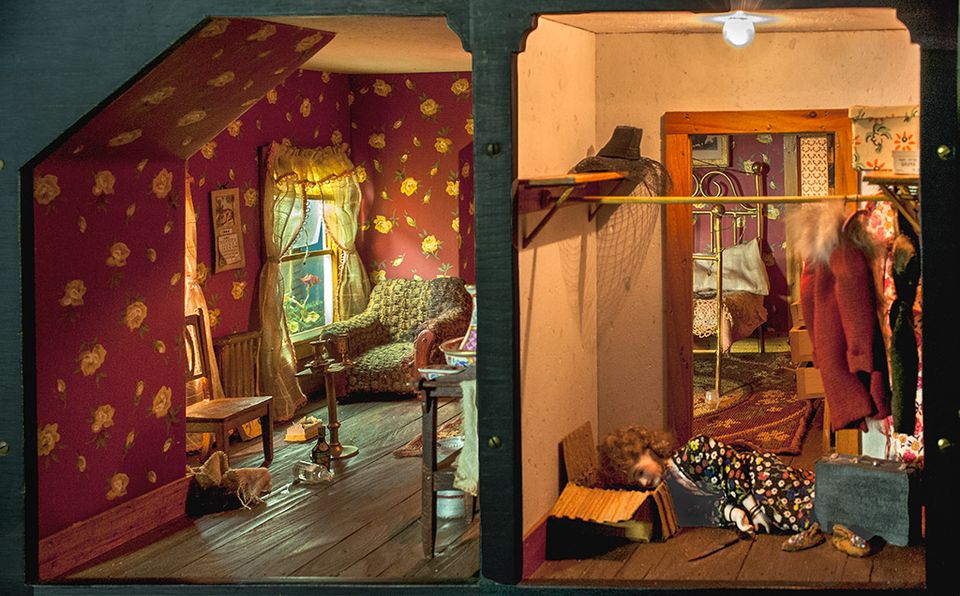
Red Bedroom, Frances Glessner Lee, mixed media
This rare public display explores the unexpected intersection between craft and forensic science.
Murder Is Her Hobby: Frances Glessner Lee and The Nutshell Studies of Unexplained Death explores the surprising intersection between craft and forensic science. It also tells the story of how a woman co-opted traditionally feminine crafts to advance the male-dominated field of police investigation and to establish herself as one of its leading voices.
Frances Glessner Lee (1878−1962) crafted her extraordinary “Nutshell Studies of Unexplained Death” — exquisitely detailed miniature crime scenes — to train homicide investigators to “convict the guilty, clear the innocent, and find the truth in a nutshell.” These dollhouse-sized dioramas of true crimes, created in the first half of the 20th century and still used in forensic training today, helped to revolutionize the emerging field of homicide investigation.
Description
Lee, the first female police captain in the U.S., is considered the “mother of forensic science” and helped to found the first-of-its kind Department of Legal Medicine at Harvard University when the field of forensics was in its infancy. At the time, there was very little training for investigators, meaning that they often overlooked or mishandled key evidence, or irrevocably tampered with crime scenes. Few had any medical training that would allow them to determine cause of death. As Lee and her colleagues at Harvard worked to change this, tools were needed to help trainees scientifically approach their search for truth. Lee was a talented artist as well as criminologist, and used the craft of miniature-making that she had learned as a young girl to solve this problem. She constructed the Nutshells beginning in the 1940s to teach investigators to properly canvass a crime scene to effectively uncover and understand evidence. The equivalent to “virtual reality” in their time, her masterfully crafted dioramas feature handmade objects to render scenes with exacting accuracy and meticulous detail.
Every element of the dioramas—from the angle of miniscule bullet holes, the placement of latches on widows, the patterns of blood splatters, and the discoloration of painstakingly painted miniature corpses—challenges trainees’ powers of observation and deduction. The Nutshells are so effective that they are still used in training seminars today at the Office of the Chief Medical Examiner in Baltimore.
Showcasing the Nutshells at the Renwick allows visitors to appreciate them as works of art and material culture in addition to understanding their importance as forensic tools, and to see Lee's genius for telling complex stories through the expressive potential of simple materials. While the Nutshells represent composites of real and extremely challenging cases featuring homicides, suicides, and accidental deaths, Lee imagined and designed each setting herself. She was both exacting and highly creative in her pursuit of detail—knitting tiny stocking by hand with straight pins, hand-rolling tiny tobacco-filled cigarettes and burning the ends, writing tiny letters with a single-hair paintbrush, and creating working locks for windows and doors.
The exhibition also highlights the subtly subversive quality of Lee’s work, especially the way her dioramas challenge the association of femininity with domestic bliss and upend the expected uses for miniature making, sewing, an other crafts considered to be "women's work." Also evident is her purposeful focus on society's “invisible victims," whose cases she championed. Lee was devoted to the search for truth and justice for everyone, and she often featured victims such as women, the poor, and and people living on the fringes of society, whose cases might be overlooked or tainted with prejudice on the part of the investigator. She wanted trainees to recognize and overcome any unconscious biases and to treat each case with rigor, regardless of the victim.
As the Nutshells are still active training tools, the solutions to each remain secret. However, the crime scene “reports” (written by Lee to accompany each case) given to forensic trainees are presented alongside each diorama to encourage visitors to approach the Nutshells the way an investigator would.
Murder Is Her Hobby: Frances Glessner Lee and The Nutshell Studies of Unexplained Death is the first public display of the complete series of nineteen studies still known to exist. For the first time since 1966, 18 pieces on loan to the museum from the Harvard Medical School via the Maryland Office of the Chief Medical Examiner, will be reunited with the “lost nutshell,” on loan from the Society for the Protection of New Hampshire Forests, courtesy of the Bethlehem Heritage Society. The exhibition is organized by Nora Atkinson, The Lloyd Herman Curator of Craft.
Lee’s hyperreal constructions inspired contemporary artist and scenic designer Rick Araluce, whose immersive, large-scale installation is presented in the adjoining gallery. Rick Aracluce: The Final Stop opens concurrently with Murder Is Her Hobby: Frances Glessner Lee and The Nutshell Studies of Unexplained Death on October 20th.
Visiting Information
Videos
Credit
Murder is Her Hobby: Frances Glessner Lee and The Nutshell Studies of Unexplained Death is organized by the Renwick Gallery of the Smithsonian American Art Museum. Generous support has been provided by the American Academy of Forensic Sciences, the Elizabeth Broun Curatorial Endowment, and the James F. Dicke Family Fund.
Please note: the Renwick Gallery will be the only venue for this exhibition.
SAAM Stories
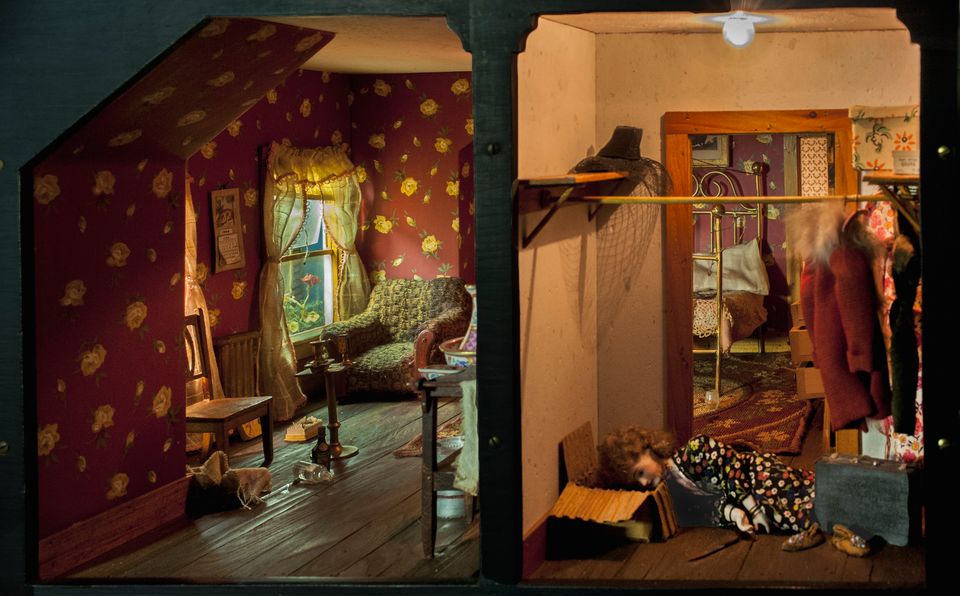
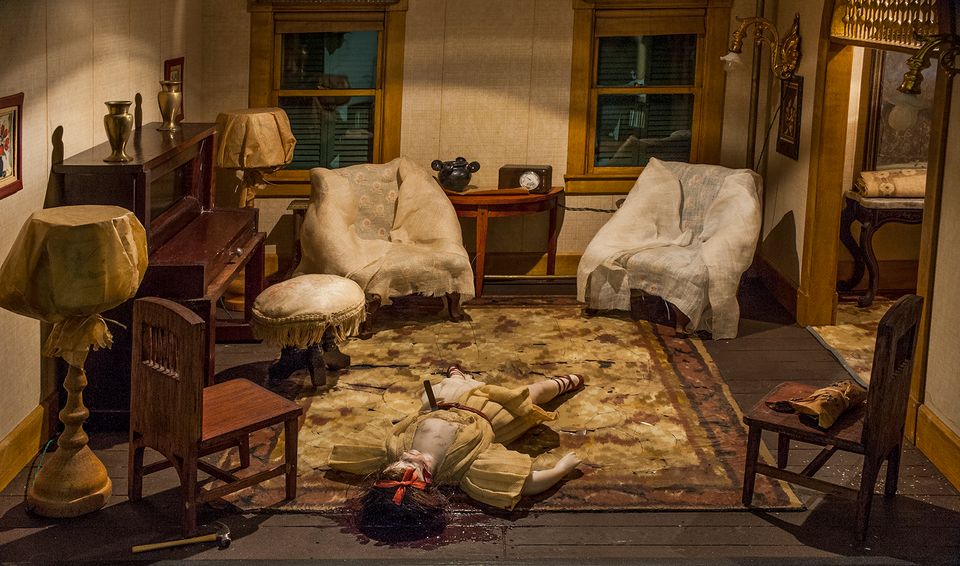

Go Inside the Dollhouses
Using VR technology, you can now experience the Nutshell Studies of Unexplained Death on your mobile device. Navigate the scenes by touching the screen on mobile. Activate the magnifying glass icons to discover more information about each scene. Click the VR button (only visible on mobile) for an enhanced full-screen experience using your device’s gyroscope.
Podcast
Listen to "Murder Is Her Hobby,” episode 10 from Sidedoor: A Podcast from the Smithsonian.















